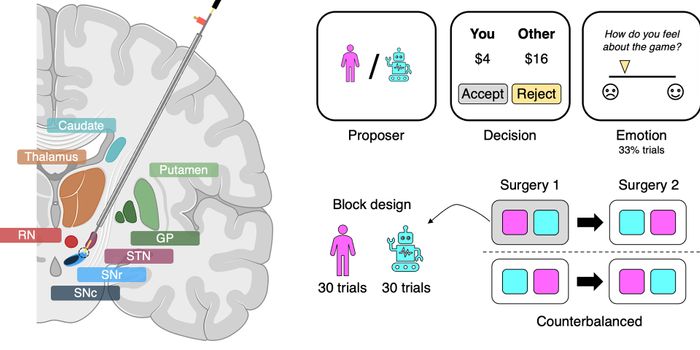The Molecular Mechanism of Lithium in Bipolar Disorder
Researchers at Sanford Burnham Prebys Medical Discovery Institute (SBP), together with teams from Yokohama School of Medicine, Harvard Medical School, and UC San Diego, have documented the mechanism of how lithium works in patients diagnosed with bipolar disorder. While lithium has been the drug of choice in treating bipolar disorder, not much has been known until recently on the molecular pathways of the drug and the specifics of how it works. The new research sheds light on this area of medicine and will hopefully lead to better treatments.
Approximately 5.7 million adults in the U.S. suffer from the condition. Patients with this condition must endure paralyzing mood swings that vary from extreme depression to uncontrollable mania. While lithium works in about 1/3 of patients who take it, for others it only results in side effects which can be anything from mild weight gain, nausea, and muscle tremors to cardiac complications and birth defects. Patients often spend years trying to get just the right dosage, or going on and off the medication when side effects become too much to bear.
The study, which was recently published in Proceedings of the National Academy of Sciences (PNAS), centered around human induced pluripotent stem cells (hiPS cells) to map the pathway of lithium in the brain at a molecular level. It’s the first study to drill down to this level of detail in bipolar disorder. Going forward, the results may lead to a definitive diagnostic test for the disease. Since more is now known about the exact molecular mechanism of the disorder and how lithium acts on it, the researchers involved hope that it could be the basis for developing new drugs that can treat the disease more effectively and eliminate the side effects that are so devastating to patients.
Evan Snyder, M.D., Ph.D., professor and director of the Center for Stem Cells and Regenerative Medicine at SBP, and senior author of the study stated in a press release, "Lithium has been used to treat bipolar disorder for generations, but up until now our lack of knowledge about why the therapy does or does not work for a particular patient led to unnecessary dosing and delayed finding an effective treatment. Further, its side effects are intolerable for many patients, limiting its use and creating an urgent need for more targeted drugs with minimal risks. Importantly, our findings open a clear path to finding safe and effective new drugs. Equally as important, it helped give us insight into what type of mechanisms cause psychiatric problems such as these.”
Snyder said that looking at the lithium response was the key to finding an intracellular protein that was a key part of the cause of the disorder, rather than a defective gene as previously believed. Snyder explained, “We realized that studying the lithium response could be used as a 'molecular can-opener' to unravel the molecular pathway of this complex disorder, that turns out not to be caused by a defect in a gene, but rather by the posttranslational regulation (phosphorylation) of the product of a gene -- in this case, CRMP2, an intracellular protein that regulates neural networks
Researchers saw differences in hiPS cells created from patients for whom lithium was effective as opposed to patients for whom the drug did not work. It was these differences that showed the roots of bipolar disorder to be physiological and not genetic. The video below features Dr. Snyder explaining more about the study and what it could mean for patients diagnosed with bipolar disorder.
Sources: Sanford Burnham Prebys Medical Discovery Institute, PNAS, San Diego Union Tribune
-
-
MAY 17, 2024PCR for 35% Less-Now!
- See More
-
MAY 23, 2024For the Love of Digital PCR 2024
-
JUN 06, 2024The Future of Scientific Conferencing
-
SEP 03, 2024Microbiology Week Virtual Event Series 2024
- See More




















































